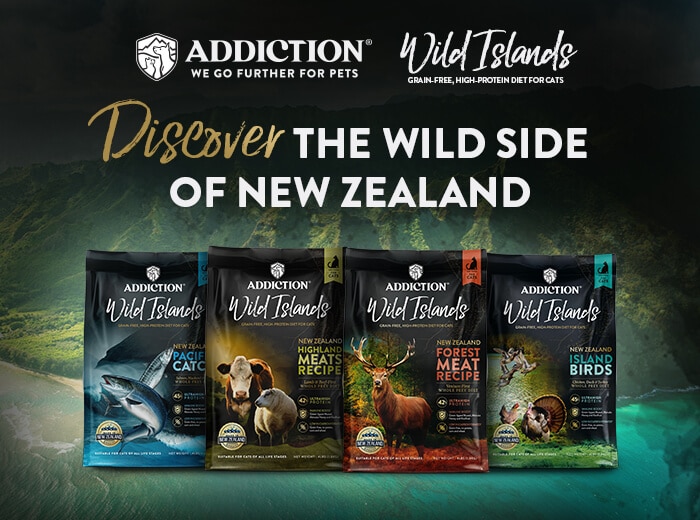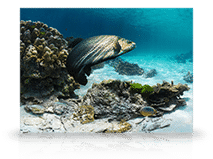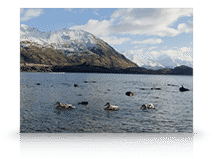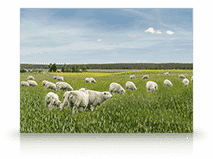Felines have very different nutritional requirements as compared to humans and dogs. Cats are obligate carnivores which means that they more readily digest proteins from meat. They also consume much of their water in their food and do not feel thirsty as often as dogs do. Many cat owners feel that they do not have the time to prepare food for their cat or worry about leaving food out too long in hot weathers while they go off to work. This is where dry food seems to be the solution for their worries. Dry food is convenient, and has a long shelf storage life.
However dry food on its own does not provide cats with optimum nutrition. It is important that cat owners feed their cats canned food as well. Dry food only contains less than 10% moisture which is insufficient for them. Cats usually get most of their water intake from their food as natural prey contains about 70% moisture. Canned food meets this requirement with its 75% moisture level. Most cats who consume dry food will not drink excessive water to try and correct this dehydration. Therefore, cats that are on a dry diet will consume far less water than cats eating a canned food diet. Their systems will then compensate for the lack of water by making their urine more concentrated. If this goes on, it could lead to feline lower urinary tract disease (FLUTD).
FLUTD is an umbrella term for conditions that affect the bladder and urethra of cats. The most common types of FLUTD include cystitis, urethral blockage, bladder/kidney stones. The signs of the disease include straining, incontinence and urinating outside of the box. Blood in the urine is also another sign. One easy way to keep track of your cat’s peeing habits is by using clumping litter. With clumping litter, you can easily monitor the size of your cat’s urination.
Some ways in which you can help prevent FLUTD in your cat is by ensuring that you feed them good quality food in small quantities and at regular intervals. Ensure that your cat gets sufficient wet foods rather than just dry foods. Provide your cat with clean, fresh water. Some cats like running water so you can purchase a water fountain specially designed for cats to help with fluid intake. You can also mix more water into their canned foods. You can also give them a bowl of chicken broth or tuna water occasionally which they are likely to love. Look for low sodium chicken broth as regular chicken broth contains high amounts of salt. Tuna water should be used as the occasional treat, but for a particularly finicky cat that needs more water it can be very helpful.
Litter boxes also play a part in maintaining a good urinary system. Cats are fussy. They need a quiet, stress free environment for their litter boxes and need them cleaned twice a day. If you have more than 1 cat, they should not be sharing just one litter tray unless you are able to clean it out multiple times per day. If one of your cats is refusing to use the litter box, try adding a second one. Some cats do not want to share their litter boxes!
FLUTD more often affects overweight cats because they are less active and visit the litter box less frequently. A cat’s weight can be slowly reduced by controlling the amount of food it is fed. Free choice feeding is wrong, instead feed your cat 2-4 small portions a day. Cheap commercial pet foods that are primarily made of grains also contribute to obesity. This is because cats are less able to digest carbohydrates as compared to dogs or humans. Addiction’s dry food for cats are grain-free which ensures that your cat is receiving food that nature intended for him. Pair them with our canned food which uses novel meats rich in vitamins and minerals to ensure that your cat’s intake of water is sufficient.
Click here to learn more about Addiction’s cat food range.
For more information/Sources:
http://www.catinfo.org/#Cystitis_











